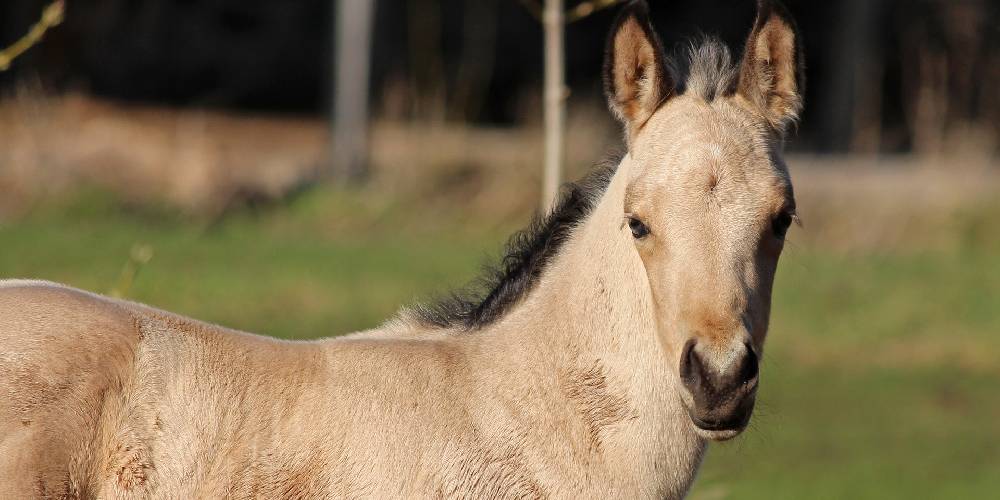Buckskin is a coat color known by people both in and outside of the horse world. It was made even more well known when DreamWorks released their movie Spirit about a wild buckskin stallion. This color is desired for its gorgeous golden sheen and beautiful overall appearance.
What Is Buckskin?
Buckskin is a coat color of a horse that is caused by the presence of one creme gene in a bay horse. This gorgeous coat color is one of the most common creme-gene-caused colors to be seen in horses. This color can be described as a sandy-golden color with a number of dark features including black legs, ear tips, muzzle, legs, skin, mane, and tail. Buckskin is a color, NOT a breed, and is mainly seen in Quarter Horses, Andalusians, and Mustangs.
What Creates The Buckskin Coat Color?
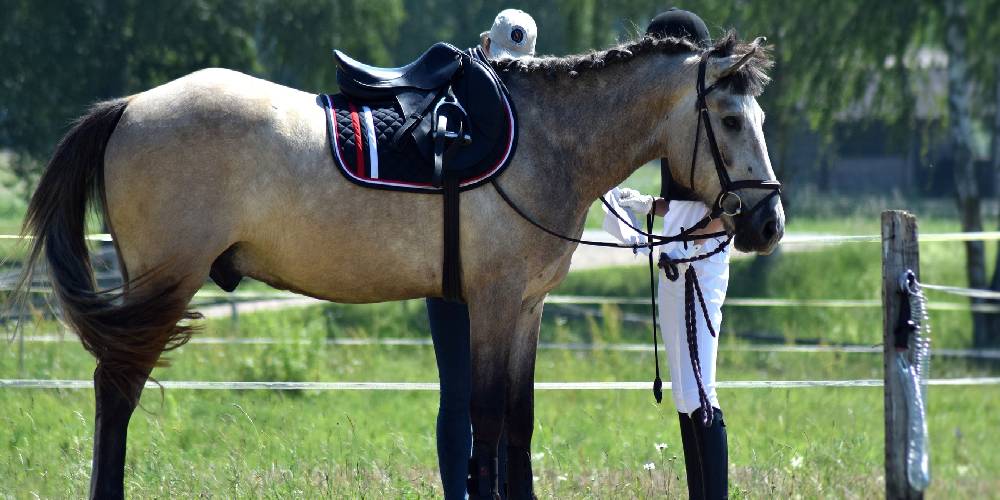
There are two specific genes needed to create the buckskin coat color. These are the base genetics for a bay horse, and one copy of the diluting creme gene. If the horse has a different base color, the overall coat color can be different and result in the Palomino or Smokey Black coat colors. If there is no creme gene, the horse will be bay and if there are two creme genes, the horse will be Perlino. This is why the two specific genes to create this color must be present, otherwise you will end up with a completely different colored horse.
What Does The Buckskin Coat Color Look Like?
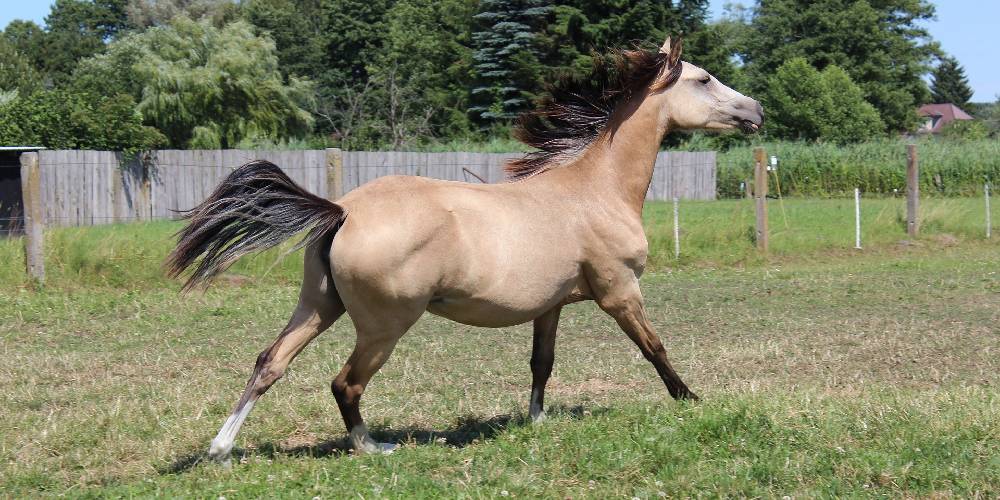
The Buckskin coat color is a gorgeous sandy-gold color with dark highlights that make their golden coat pop. The different traits that these horses have are:
Mane & Tail
The Buckskin horse is always seen with a black mane and tail, a trait that they still carry from their bay genetics.
Legs
The legs on a Buckskin horse are always black unless they have white leg markings. The darkness of their legs contrasts nicely with their coat and makes the golden color pop.
Ears
Buckskin horses have golden ears, but the very tips of their ears are always black or a very very dark brown. This is also something that these horses carried over from their bay genes.
Muzzle
Buckskin horses have a golden face and head except for their muzzle. On the very tip of their upper lip, around their nostrils, and on their lower lip, the color is black like that of their ear tips.
Coat
Buckskin horses are the easiest to identify by their coat out of all their traits. Their coat can range from a deep copper-brass color to a light sandy-golden color. Either way, to be considered a buckskin, the coat of these horses must me some shade of gold.
Dorsal Stripe
Some buckskin horses have a stripe right down the middle of their back, called a dorsal stripe. This stripe is sometimes seen in bays and in some cases it carries down to the buckskin horse too. Usually if a buckskin has a dorsal stripe, it is pale and fairly muted in color. The darker dorsal stripes are mainly seen in dun horses.
What Are The Two Ways These Horses Can Be Identified?
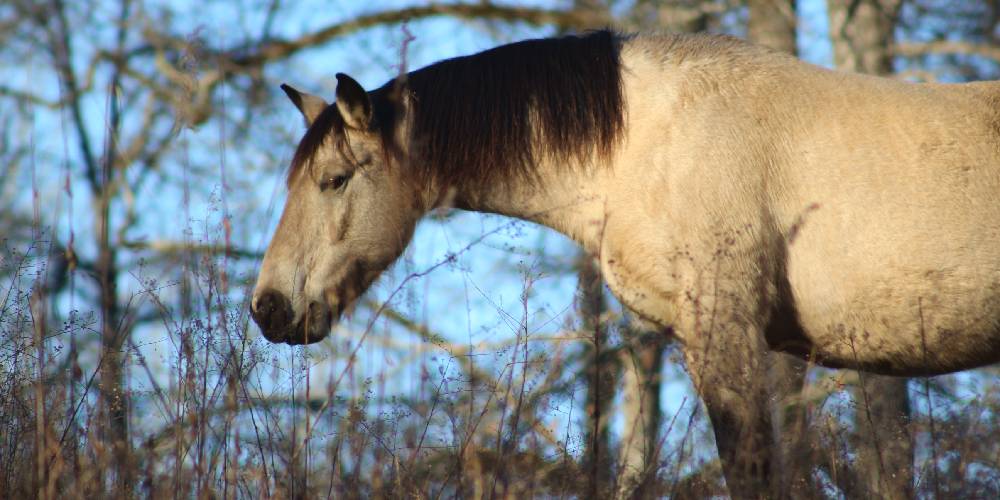
There are two ways these horses can be identified:
Looking At The Genetics
The genetics of these horses are the easiest way to tell them apart from other coat colors. All buckskin horses should have the genetics for a bay horse as well as one copy of the diluting creme gene. Any differences in these genetics will cause the horse to be a different color, not buckskin.
Looking At The Overall Color & Appearance
Buckskin horses must be golden in color with all the different dark points mentioned above. If they look different than this, these horses can be truly a different color.
What Is The Difference Between…
Palomino & Buckskin

There are a few differences between these two coat colors. The differences lie in both the genetics and the appearance of these two horses.
Palomino horses are truly chestnut horses that have the color dilution from one copy of the creme gene. Buckskin horses also have the creme gene but are truly bay horses. It is the difference between their genetics that sets them apart.
The appearance of these horses differs by a few things. The mane and tail of the Palomino horse is white or beige in color while the mane and tail of the buckskin remains black. Palominos are golden consistently over their whole bodies while buckskin horses have dark features.
To learn more about the differences between Palominos and Buckskins click here!
To learn more about Palominos click here!
Bay & Buckskin

Bay and Buckskin horses are similar coat colors. The only difference genetically is that Buckskin horseshave a creme gene while bay horses do not
Bay horses have all the same dark features that Buckskin horses do. The only physical difference is the actual color of their coat. Bay horses typically have a black-brown to red-brown coat that is usually pretty dark in color, while Buckskin horses are golden-tan in color.
To read my article on bay horses click here!
Dun & Buckskin
There are probably two of the most commonly confused coat colors in the horse world. The reason for this is that these horses have nearly the exact same coat color. The only difference is their genetics and certaon striping.
Classic Dun horses are bay horses that carry the dun gene while Buckskin horses are bay horses that carry the creme gene. Both of these genes dilute their coat color to a sandy-golden-brown color.
The main way to tell these horses apart is the striping seen in the Dun horse. Dun horses have dark dorsal stripes and zebra stripes, and often will have much of their faces dark.
To read all about dun horses click here!
Can Buckskin Horses Have White Markings?
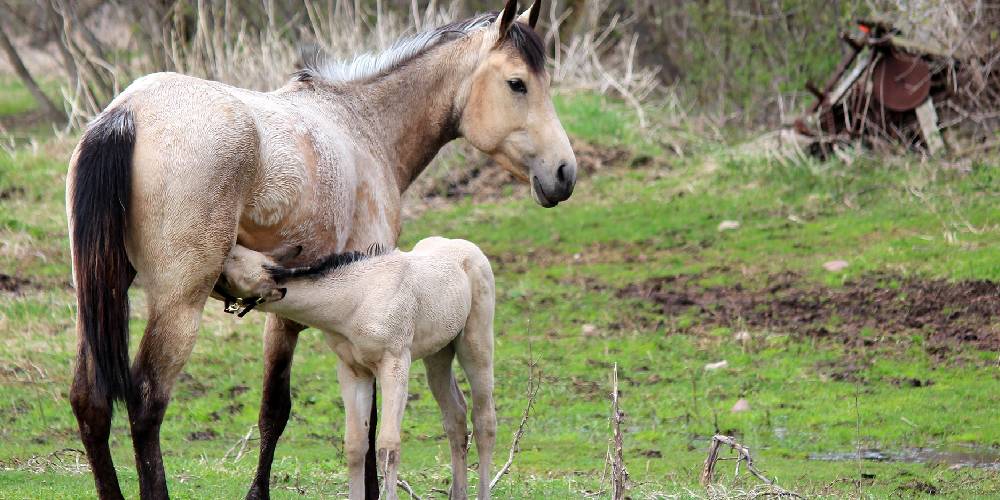
Absolutely! Buckskin horses can have a variety of white markings. The markings include:
- Star
- Stripe
- Blaze
- White Face
- Interrupted Stripe
- Socks (includes coronets, half-pasterns, pasterns, fetlocks, half-cannons, and cannon markings)
- Stockings (includes any knee and over-the-knee markings)
To read all about the different markings horses can have, click here!
Are Buckskin Horses Rare?
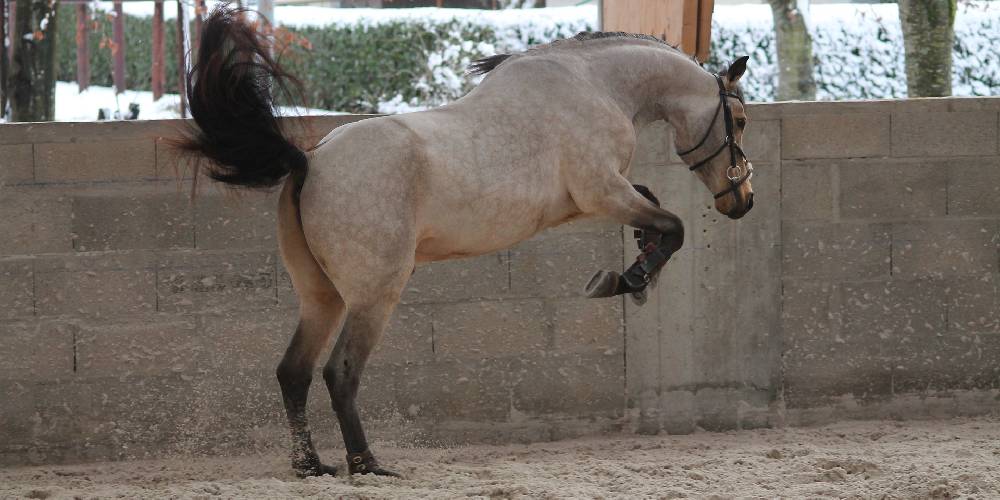
No. These horses aren’t really rare at all. They are more uncommon than rare as many different breeds carry this coat color. This breed is also growing in popularity as time goes on as more and more people discover these beautiful golden horses.
Breeds That Can Be Buckskin
There are so many breeds that can be buckskin. Some of these include:
- Saddlebreds
- Andalusians
- Morgans
- Akhal Tekes
- Quarter Horses
- Mustangs
- Paint Horses
- Tennesee Walking Horses
- Missouri Fox Trotting Horses
- Thoroughbreds
- Falabellas
- Most Half Arabians (Includes most half Arabians and Anglo Arabians)
Breeds That Can’t Be Buckskin
Because of color specific breeds, there are many horse breeds that don’t allow this coat color in their registry. Some examples of breeds that don’t allow this color include:
- Arabians
- Haflingers
- Konik Ponies
- Fjords
- Cleveland Bays
- Clydesdale Draft Horses
- Suffolk Punch Draft Horses
- Belgian Draft Horses
- Friesians
- Shire Draft Horses
- Przewalski’s Horse
Can The Buckskin Coat Color Affect A Horse’s Health?
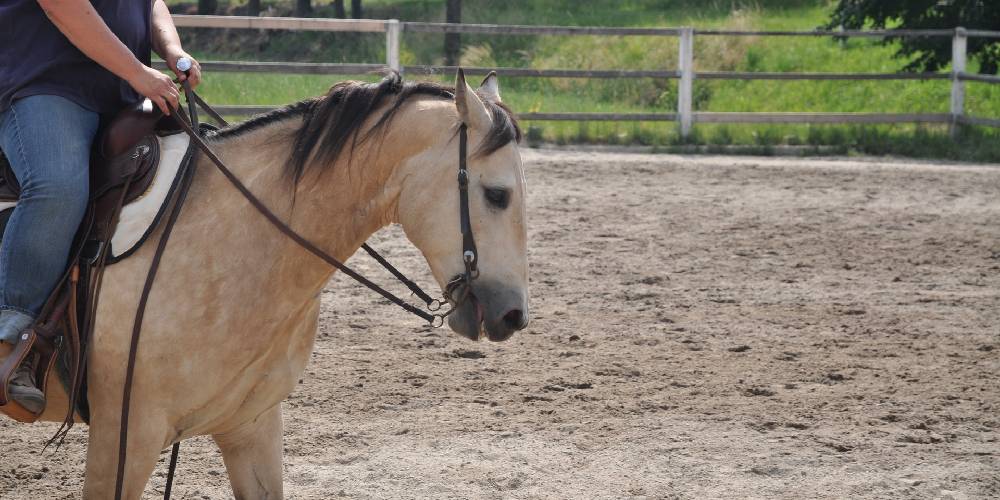
Usually, horses that carry the creme gene are more susceptible to health issues like skin conditions, sunburn, and skin cancer. Because of the Buckskin’s lighter features, these issues aren’t as commonly seen as they would be in double dilutes or other lighter-colored horses.
Fun Facts On The Buckskin Coat Color
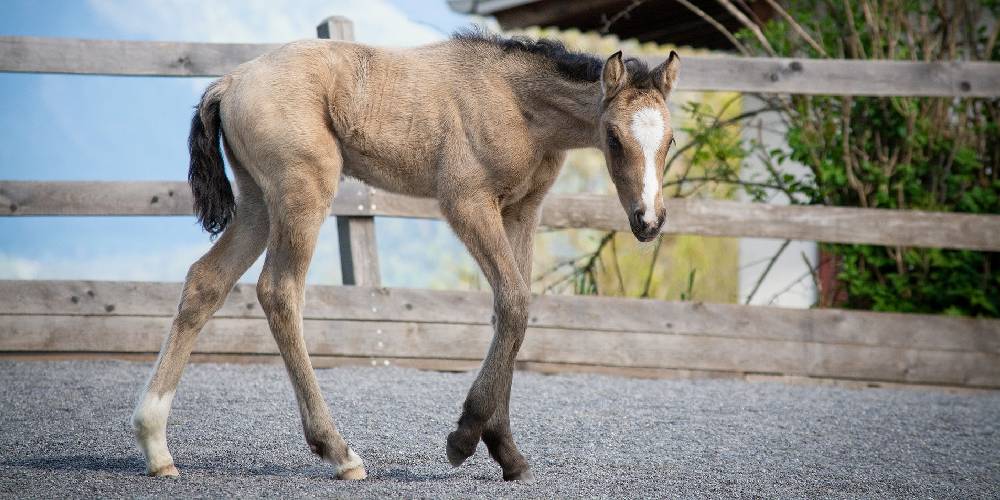
- The International Buckskin Horse Association was established in the year 1971
- Buckskin horses were often the stars of classic western films
- Some buckskin horses will have amber-colored eyes
- Buckskin foals are always born buckskin
- Buckskin horses can develop dapples over their whole body if they eat a certain diet

